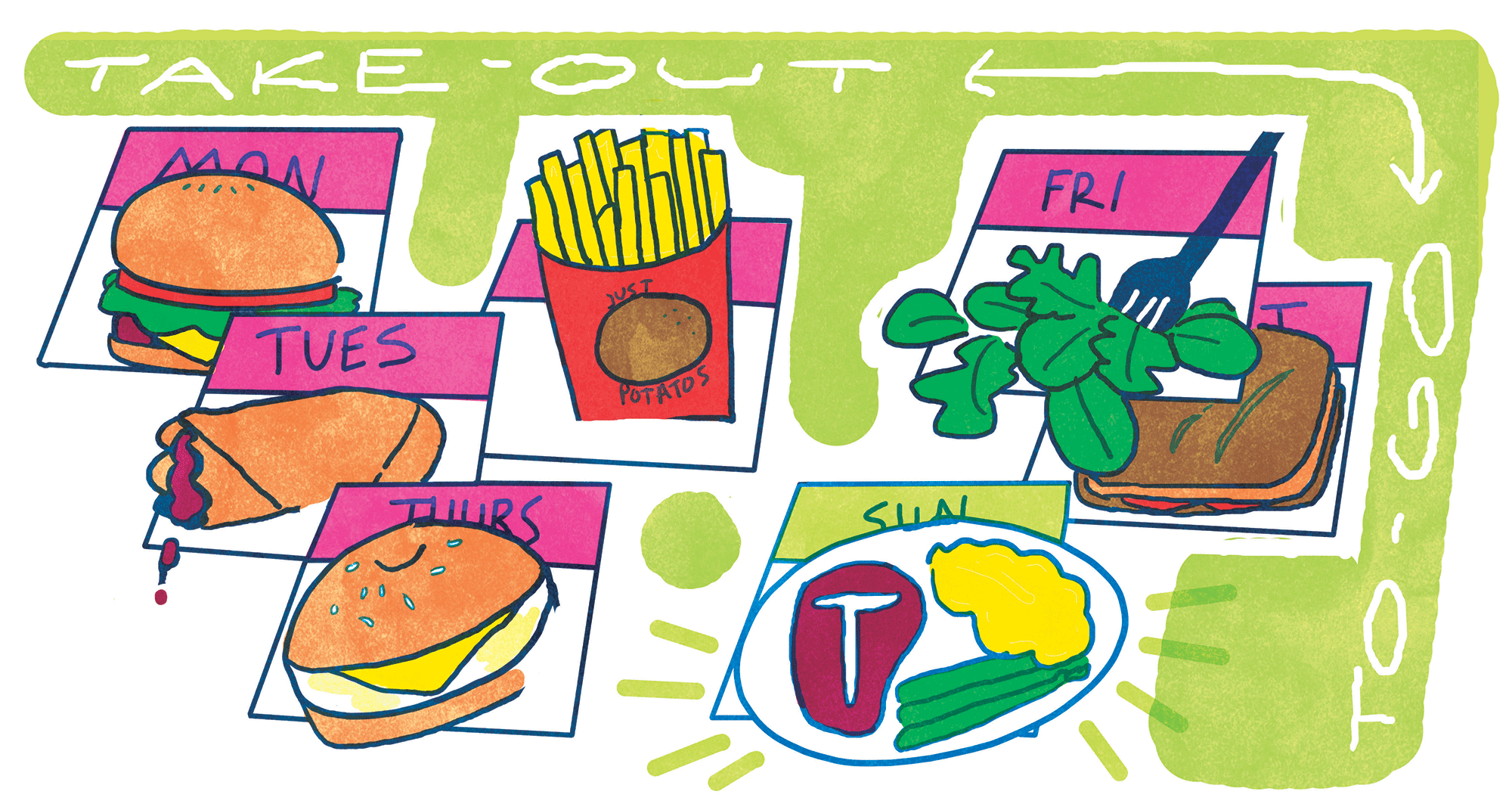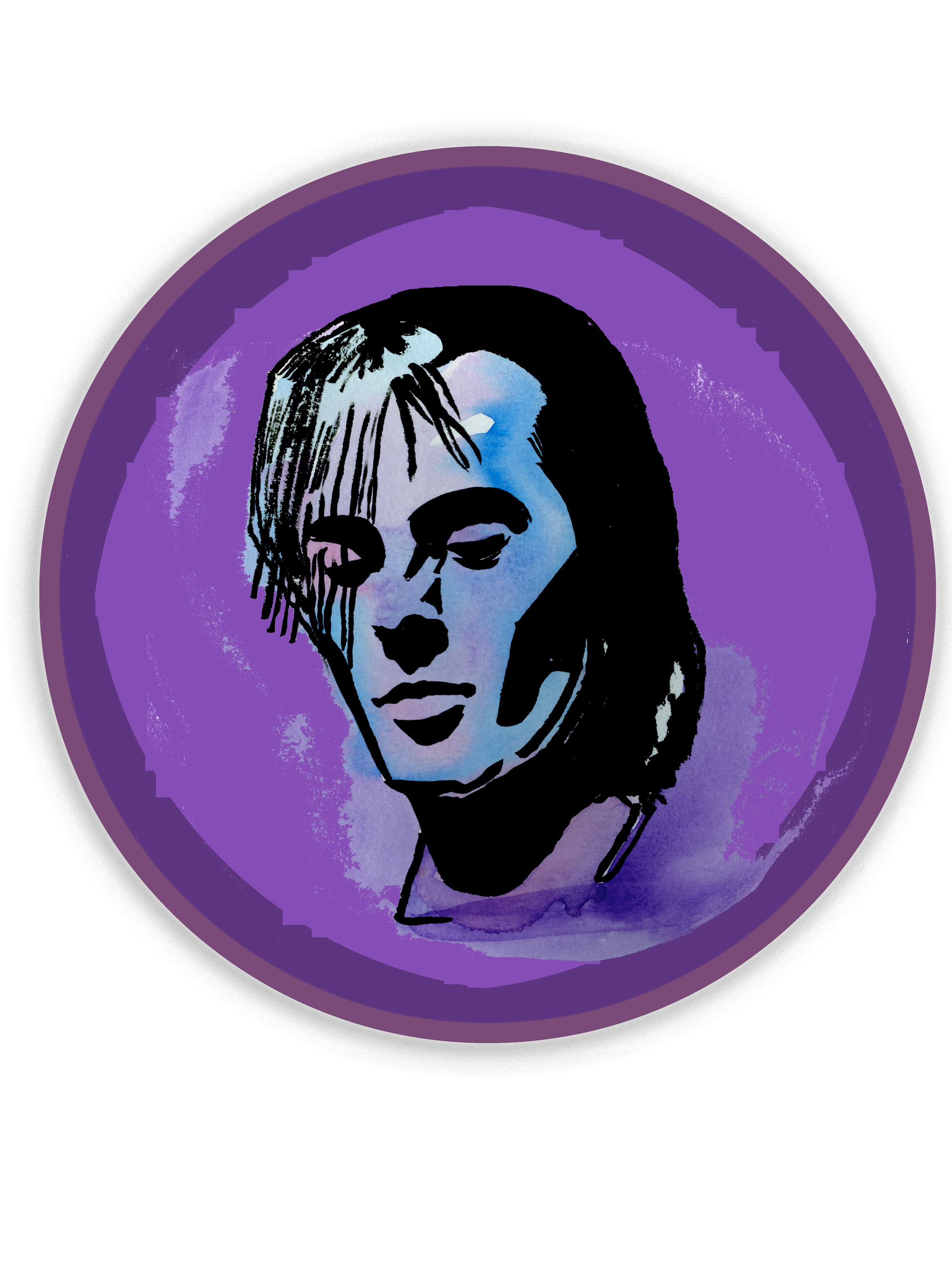
Art Bash is an end of the year exhibition that is solely comprised of work made by the first year students from the Contemporary Practices Department at the School of the Art Institute of Chicago (SAIC). The Contemporary Practices Department at SAIC is comprised of a very specific curriculum that immerses first year students in studio practices where the concept of combining meaning and making is highly emphasized.
The sound and performance art pieces at Art Bash’s “Inter-Action” showcase absolutely dazzled me. “Inter-Action” was comprised of nine sound and performance pieces. In one room there were durational pieces, which the audience could move freely around and observe as they wished. In the next room there were performances with scheduled times that were hosted by first year student Mathieu White.
Upon walking into the first room where there were durational performances occurring, I was immediately struck by the piece “Warped Spaces” by Sophia English and Micah Dillman. They stood in the window, one wearing briefs, the other in a bra and underwear, boldly weaving a tapestry in unison. I was very impressed by their confidence and focus, not to mention their endurance standing in the window for over 20 minutes.
When I first saw English and Dillman, I came to the conclusion that they were seeking to discuss the relationship of the “feminine” and “masculine” body as it relates to the society in which we live. The actual purpose of their work was very similar. Through the weaving of a tapestry, which is historically a tool used to tell stories, the artists — a cisgendered feminine presenting human, and a genderqueer masculine-presenting human — sought to “have a conversation between their bodies through the act of weaving a tapestry in the same place … to tell personal stories in combination with greater societal issues,” as stated in the event’s program.
The next piece that caught my eye was by Jesus Hilario, titled, “Mejorar la caña (To better the cane).” Upon encountering the performance, I was met with a large mass of what appeared to be sugar on the ground, and Hilario standing in the corner about to begin his performance.
He began by raking the sugar in a rigid and somber manner from left to right and intensely glaring at the audience after one row of raking was completed. Once the entirety of the sugar was raked, Hilario positioned himself on the ground and began to slowly roll himself, imprinting the sugar most distinctively with his face, hands and feet.
Once again I was very impressed by the commitment Hilario had for his work, flailing his body against the floor unyieldingly, and executing each movement with beautiful precision. The precision of his movements kept me deeply engaged, and caused me to feel the biting social undertone in his performance even more intensely.
Hilario’s work sought to address the exploitive working conditions of immigrants working in the Dominican “Bateyes” (sugar worker towns) and contemporary slavery, xenophobia, and anti-blackness in the Dominican Republic.
One of the other performances that struck me was “Baggage On Our Backs” by Imani Love. This piece was a spoken word performance, in which Love’s objective was to expound on “how the traumatizing remnants of living in a postcolonial society manifest for Black Americans.” This was performed with the accompaniment of two other performers who aided in the visual elements of her piece. As she spoke the two accompanying performers mimicked some of the imagery she verbally created. I appreciated the consideration of light, the tone of speech and the use of the body to powerfully convey Love’s message.
Overall, I believe “Inter-Action” was a very successful aspect of the Art Bash exhibition. No aspect of any performance went unpremeditated; the performers were clearly passionate about their work, and therefore I became passionate with them and enthralled in their performances. The pieces led me and the person I attended the event with to further discuss the issues presented in the pieces.
Many subjects presented at “Inter-Action” are subjects that we encounter on a day-to-day basis because of the structure of American society, such as the issues constantly faced by black citizens in America. I look forward to seeing more work like this, work that brings about discussion and gets us closer as a student body and as a society to enacting change.








This is awesome Amanda